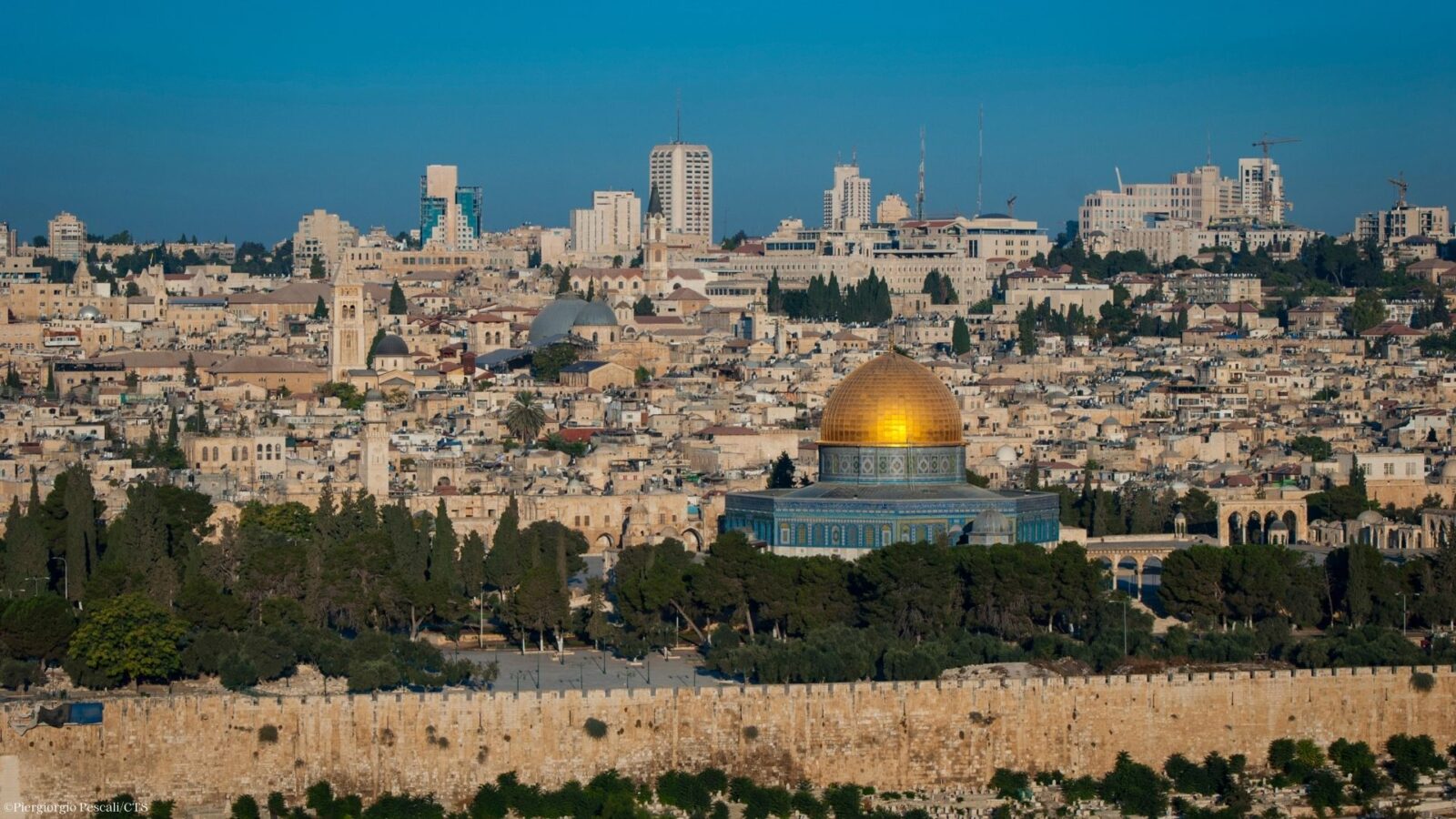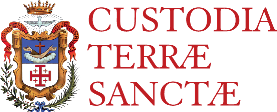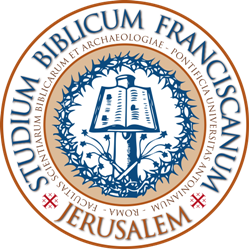Vincent Lemire: “A museum steeped in eight centuries of the Old City’s history”
Vincent Lemire is a historian specializing in the history of the Middle East, particularly Jerusalem. He is the author of the comic book Histoire de Jérusalem (Les Arènes 2022), which has alreadybeen translated into 12 languages. We asked him to cast his eye over the Terra Sancta Museum Art & History to help us understand the contemporary issues surrounding it.
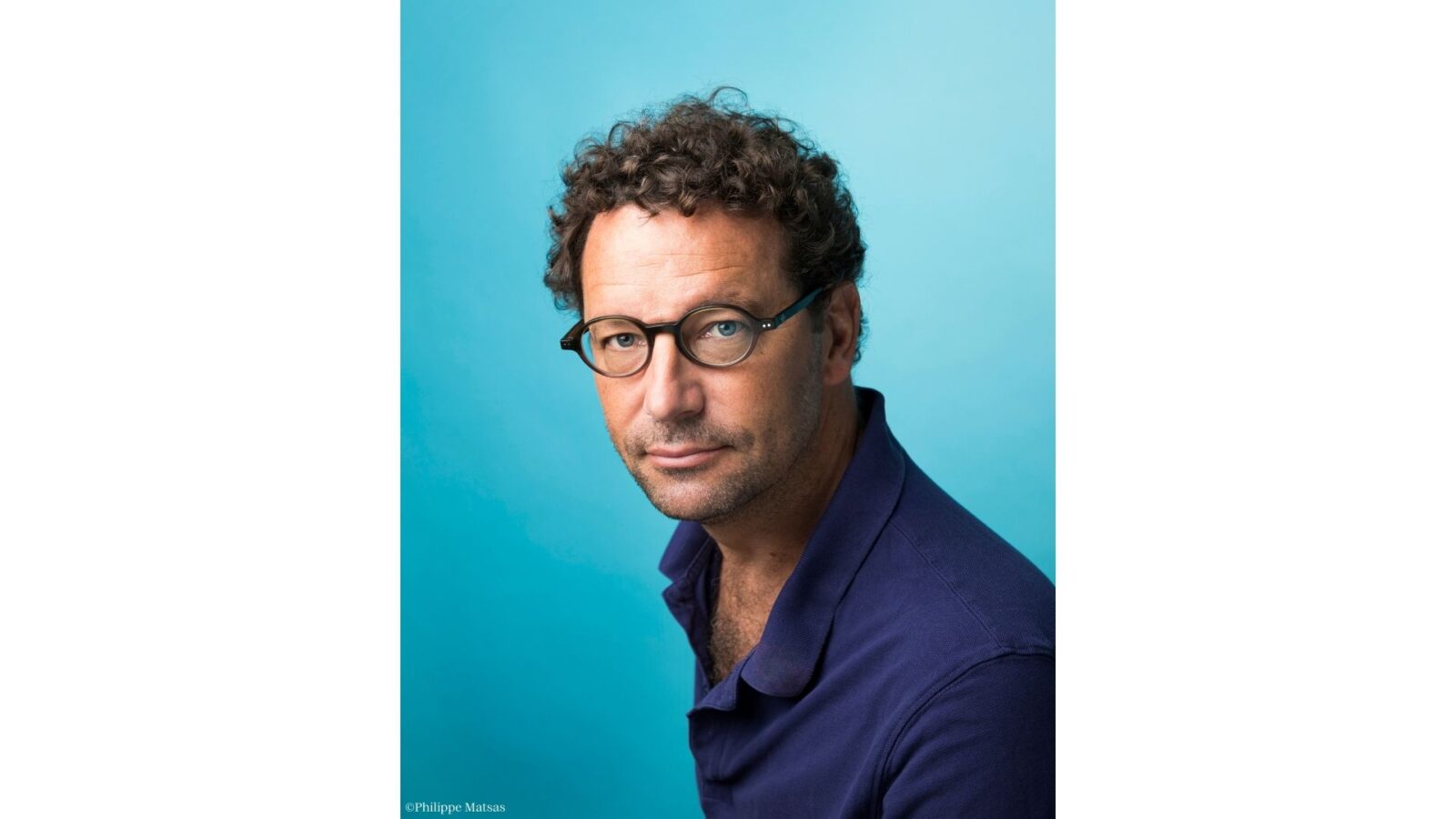
The Terra Sancta Museum Art & History comes to life in the heart of Jerusalem’s Old City. What is the geopolitical context in which it was created?
“Conflict is currently very present in Gaza, the West Bank and on the Lebanese border. But Jerusalem remains a central issue, as the regular clashes there remind us. Jerusalem is a paradoxical city for Israel, which claims it as its exclusive and indivisible capital. In 1967, 25% of Jerusalem’s population was Palestinian, whereas today that figure stands at 40%. If we focus on the Old City, which will soon be home to the Terra Sancta Museum Art & History, we see that almost 90% of its inhabitants are not Jewish Israelis. The museum project is therefore set against a backdrop of great cultural, religious and linguistic diversity.”
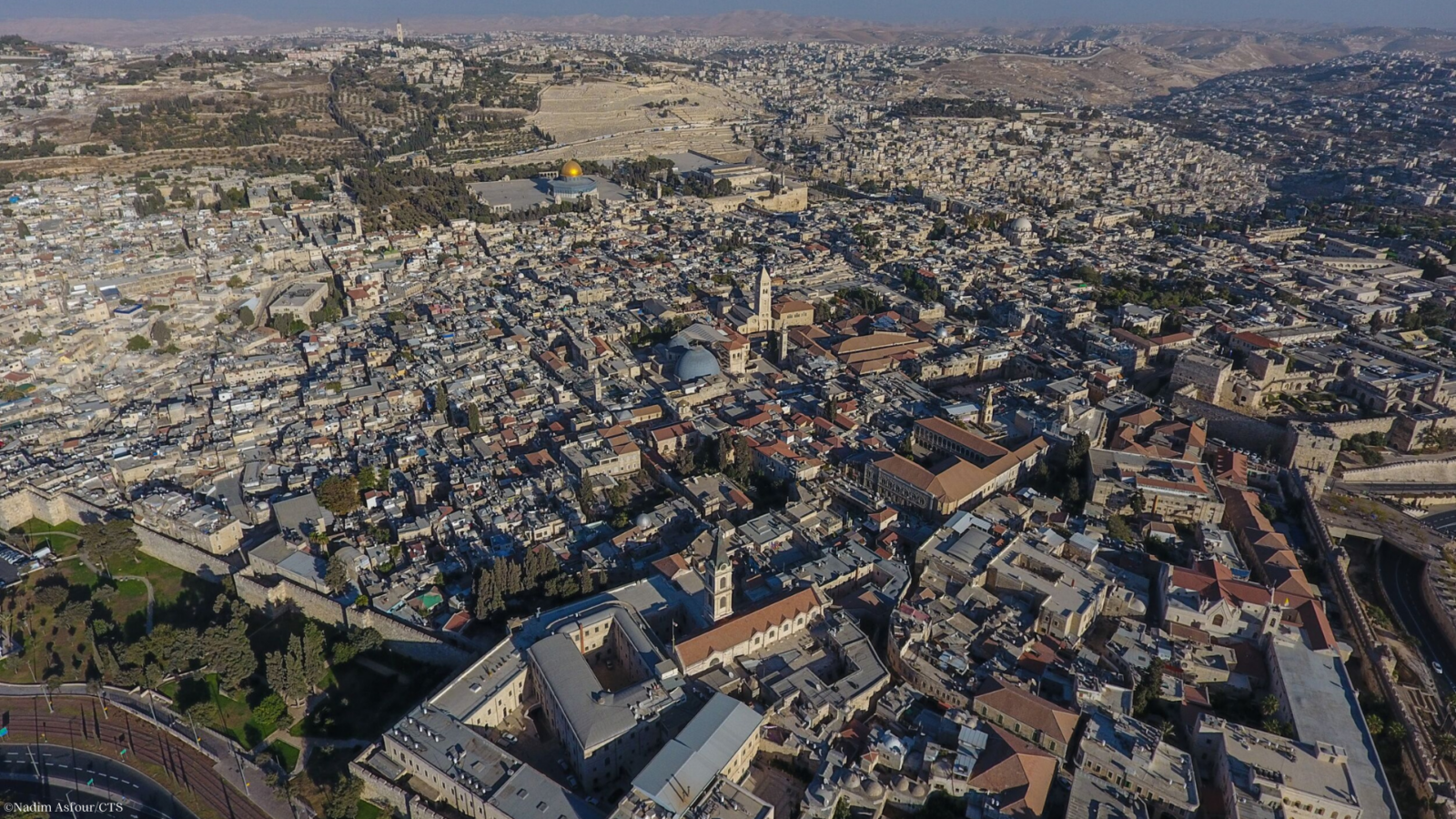
Beyond the territorial conflict, can we speak of a war of narratives? What role does culture play?
“There are in fact two types of narrative. On the Israeli side, it’s a discourse of victory and conquest that is favored, while on the Palestinian side it’s a discourse of victimhood that prevails. In a way, this is logical, but it prevents us from perceiving information that doesn’t fit into this general framework, such as Palestinian demographic and cultural resistance in Jerusalem, particularly in the Old City. The other major fact is that culture and heritage are playing an increasingly decisive role in the conflict: in the Oval Office of the White House, people are debating whether to talk about the Esplanade of the Mosques or the Temple Mount.
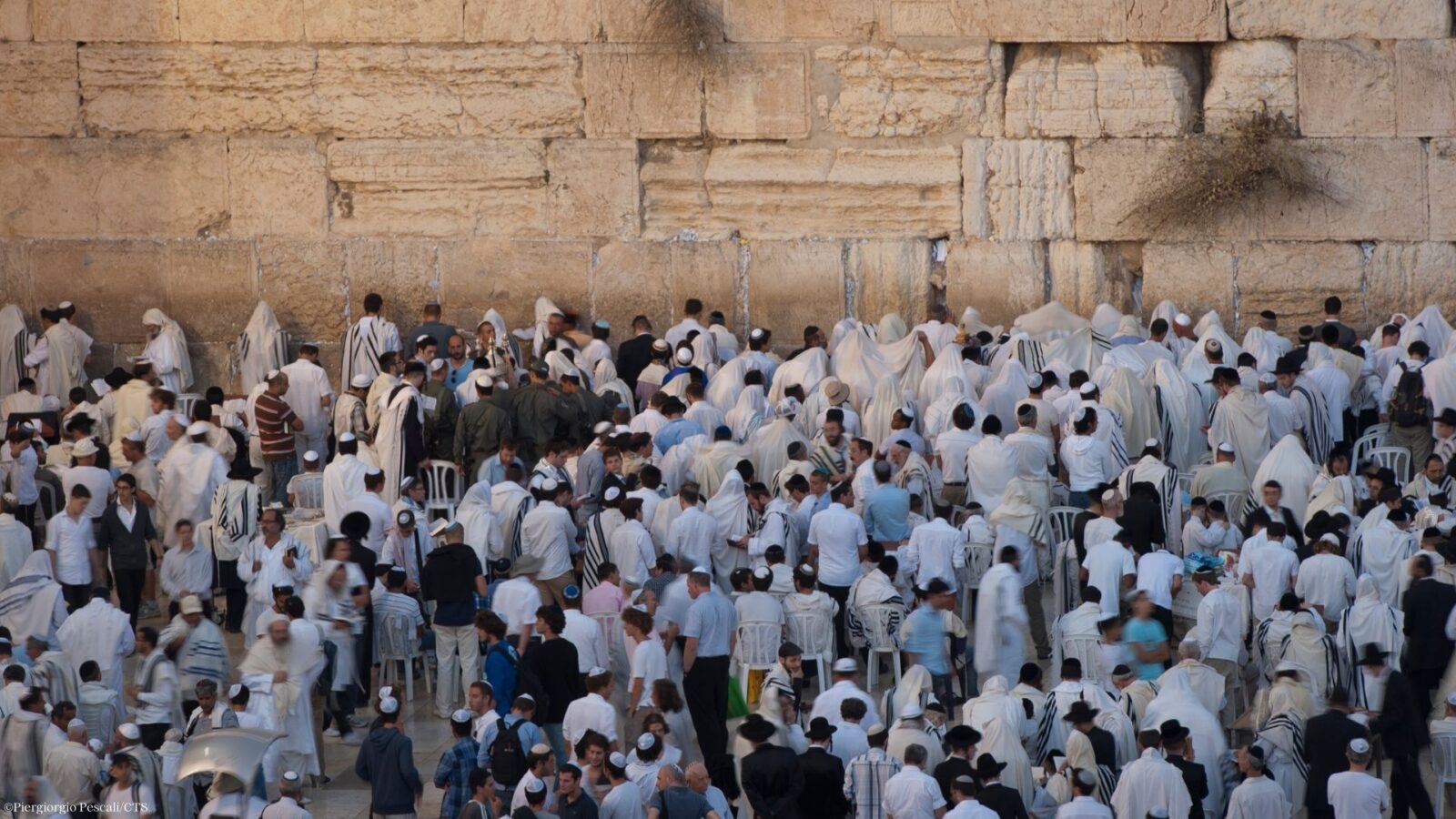
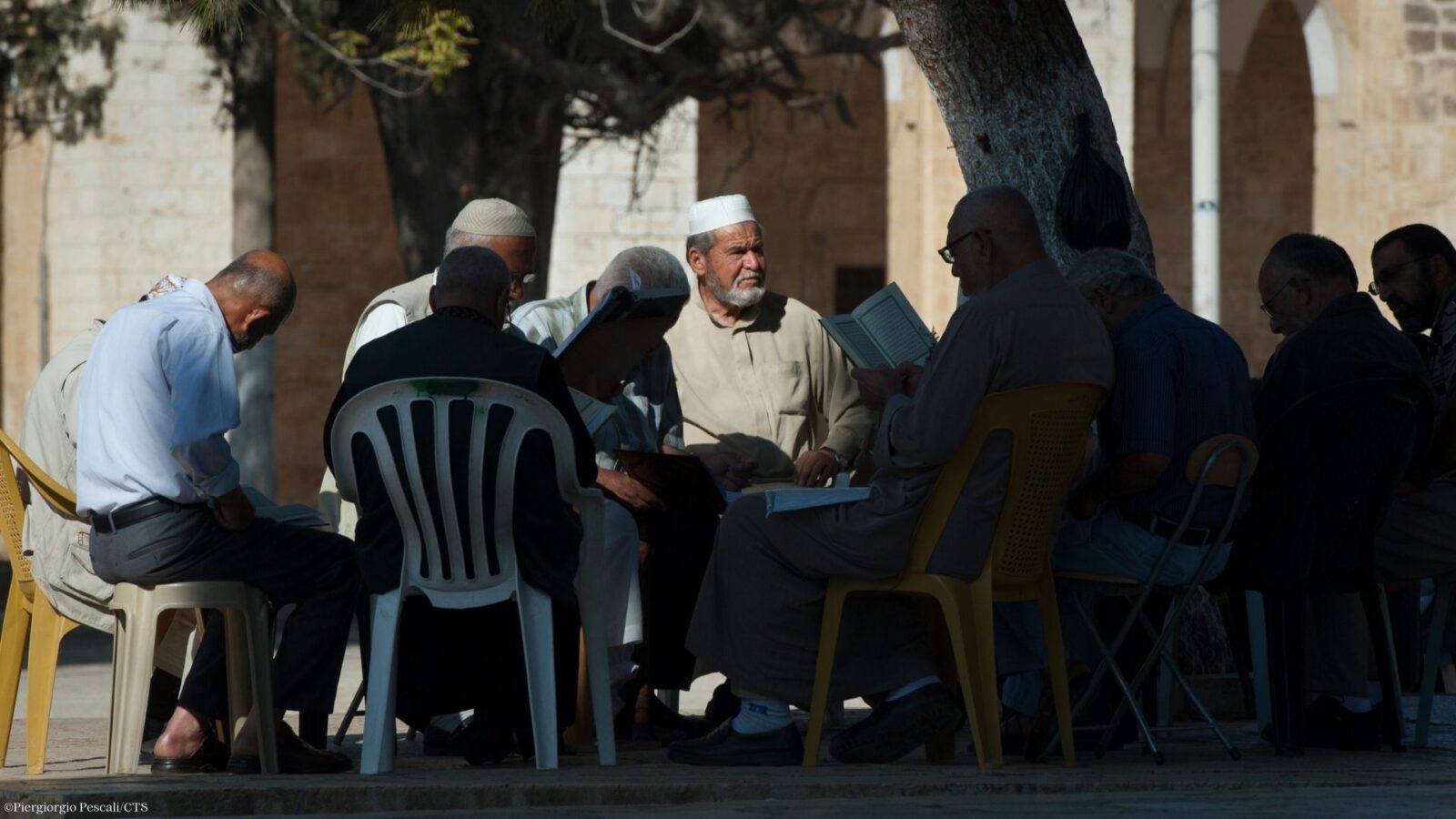
From this point of view, Christian communities have a responsibility to build bridges between these two narratives, without moralizing or paternalism. I sometimes use the image of siblings: there’s the eldest son, that’s the Jewish world; there’s the last-born, the youngest, that’s the Muslim community. And then, in the middle, there’s the youngest, the Christian community, which has a fundamental role to play.
In this context, the Custody has a precious asset, as it is one of the oldest institutions established in the heart of the old town. This age and its deep-rooted integration into Jerusalem’s urban history are its most distinctive features. The history of Jerusalem is enriched by that of the Custody in the heart of the Old City, and vice versa”.
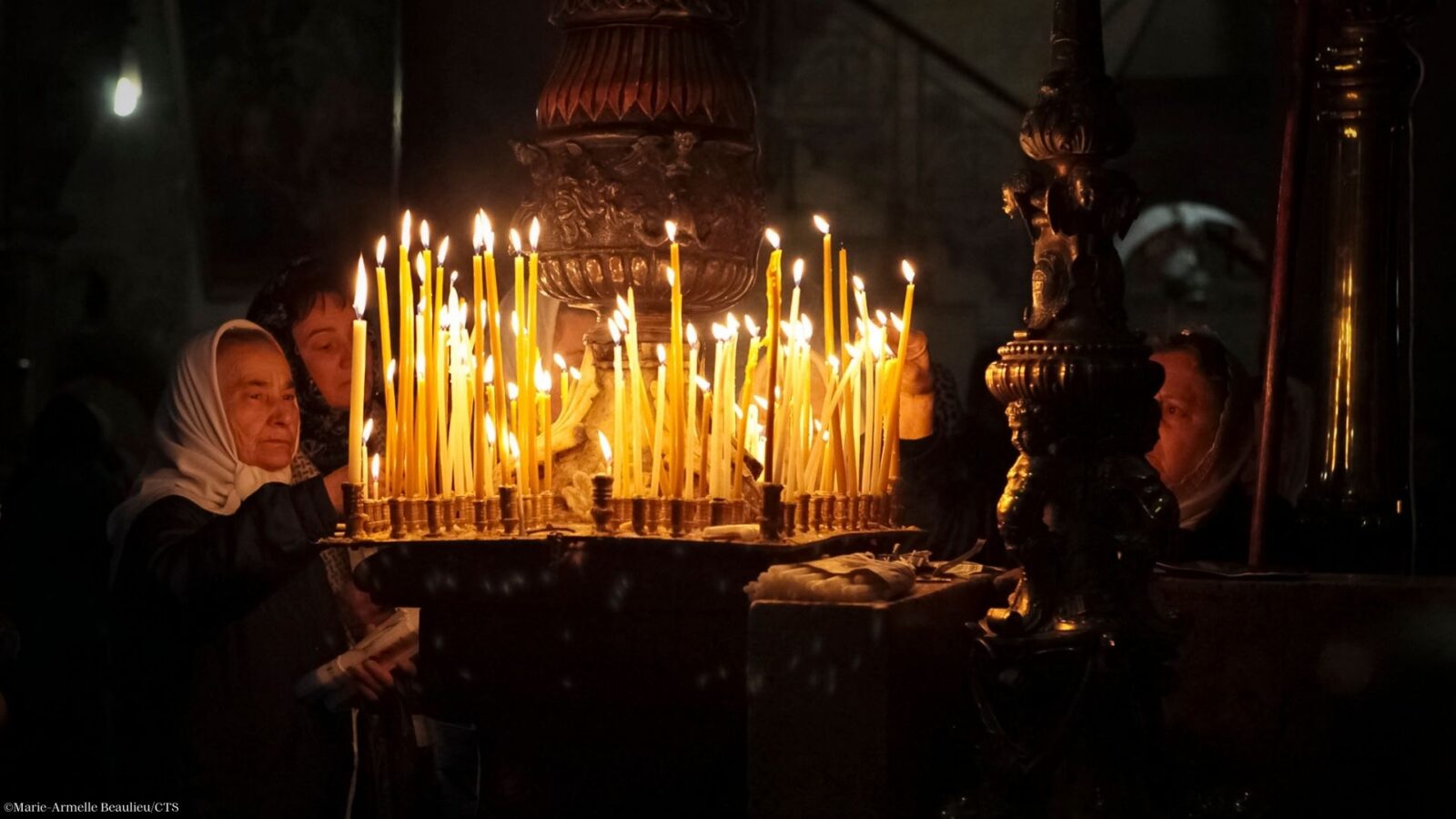
Can we say that we’re witnessing a heritage movement within Christian communities? If so, why and what are the issues involved?
Nationalization is the process by which a space is transformed into an object of natural, cultural, religious, political or economic heritage worthy of conservation and restoration. “The holy sites of Jerusalem are an exemplary case for deconstructing a certain “patrimonial self-evidence” and for understanding that heritage is above all the result of a social, cultural, political and religious investment, i.e. in fine of a process of nationalization. Nationalization of Christian communities raises three main issues. The first is related to space and geography: it’s important to enhance one’s heritage to legitimize ownership of one’s landholdings. The second challenge relates to time and history: the Custody must tell its story to underline its antiquity and distinguish itself from the city’s other Catholic institutions. The third and final challenge, in my view, is to move beyond this spatial and historical competition to adopt a more collaborative and inclusive approach, valuing the different narratives and traditions that coexist in Jerusalem.
I am absolutely convinced that the Custody’s Museum will thus become a key player in Jerusalem’s cultural life. To achieve this, the museum must embrace the Custody’s long history and reflect Jerusalem’s cultural diversity. The museum must speak as many languages as possible, without being inward-looking or exclusive, as the tradition of Pentecost reminds us.
